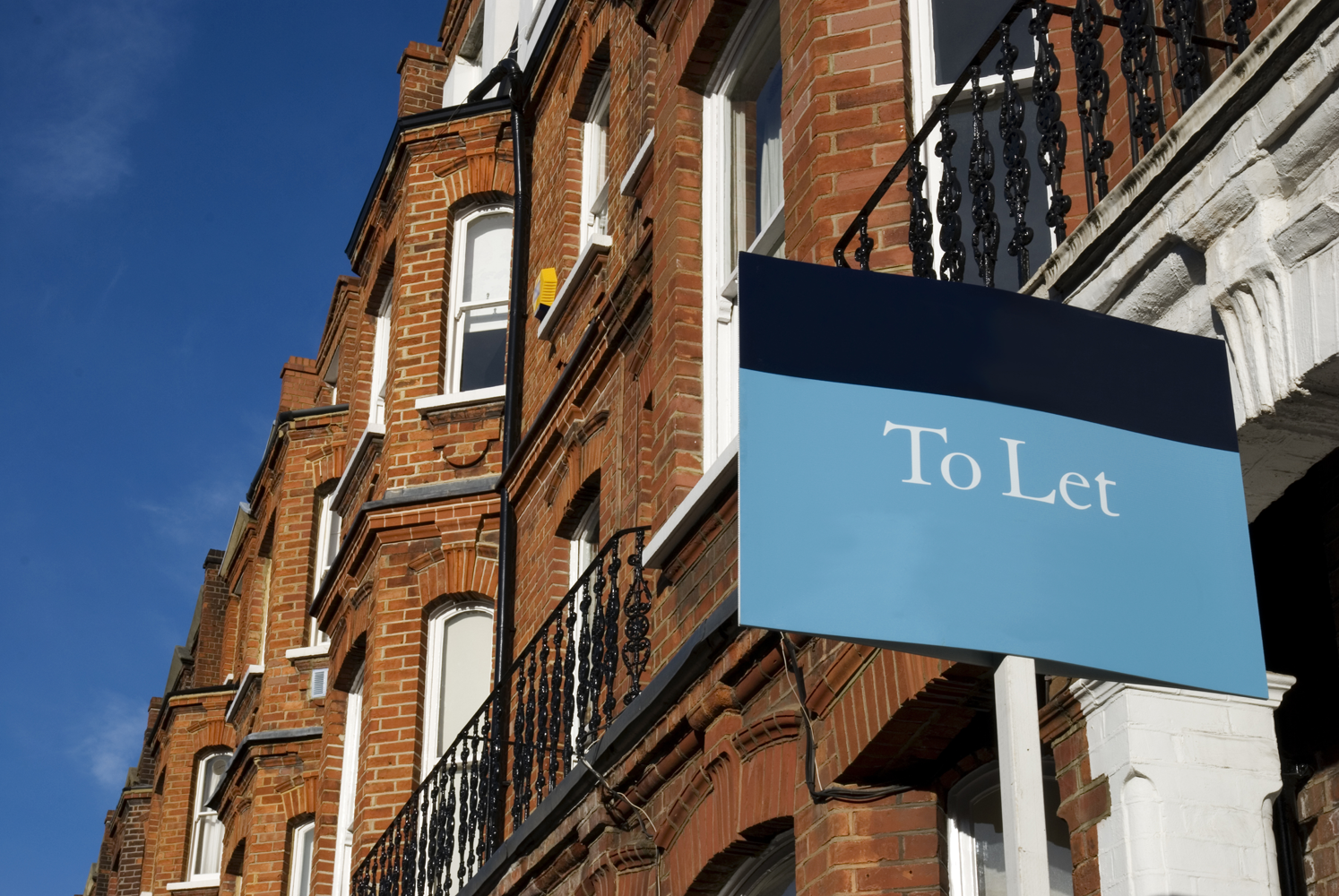Buy to Let
Five insurance tips for buy-to-let landlords

New landlords need to expect the unexpected when arranging insurance for their property. Follow our expert tips on what to look out for.
Buy-to-Let is without doubt an attractive income generating investment especially in today’s difficult economic times, but as with any business venture it does not come without its risks and pitfalls.
The complexity of risks you face as a new landlord cannot simply be covered with a standard home insurance policy. The situation is even more confused by the wide variation in policies both in terms of cover and cost available across the market.
Here, Geoff Hall, managing director at Berkeley Alexander, offers his top tips on what to look for when arranging insurance cover for your residential buy-to-let property…
1. Cheapest is not always best. When it comes to buy-to-let insurance you truly get what you pay for. Look closely at what each policy actually covers and what the exclusions are. Work out what is important to you and your financial security and what you are willing to pay for the additional peace of mind that comes with a more comprehensive policy.
2. Expect the unexpected. Does your policy include malicious damage, “Trace and Access” and Accidental Damage cover? At the end of every tenancy you will invariably face minor repairs, but in extreme circumstances a disgruntled or criminal tenant may cause malicious damage which could cost you dearly if you don’t have the right protection in place.
For example, in 2012 a couple in Wiltshire ended up with a £20,000 bill to restore their home after it was turned into a cannabis factory.
While the house was insured the couple received no compensation for the damage as their policy did not include malicious damage protection. “Trace and Access” is often not included as standard but could prove useful if you get a leak under the floor; the costs incurred for the leak to be traced and having your floor dug up to access the pipe that needs repairing can run into several thousand pounds.
3. Always consider what will happen during periods of un-occupancy. A big risk lies in not adequately researching or understanding the nature of un-occupancy. Most insurers reduce cover during a period of un-occupancy but the length of time you receive full cover can vary, as can the conditions insurers apply including whether the mains gas and water supplies are turned off, whether the central heating system remains on to prevent frozen/burst pipes and how often you inspect the property.
4. If you have several properties consider insuring your entire portfolio under one policy. Arranging one block insurance streamlines and simplifies cover. You will only have one payment and one renewal, but far more valuable is the buying power it gives you in terms of commanding more competitive premiums and flexibility of cover
5. Shop around and seek expert advice. Internet comparison sites may not be the best option for insuring your unique needs. Speak to a knowledgeable broker /adviser who can advise on the foreseen and unforeseen risks you face. It is also important to choose an adviser who can offer a range of policy options from a panel of different insurers.
This is the best way to ensure you achieve the most comprehensive package at the best possible price. Expect the unexpected and speak to a specialist who knows the market.